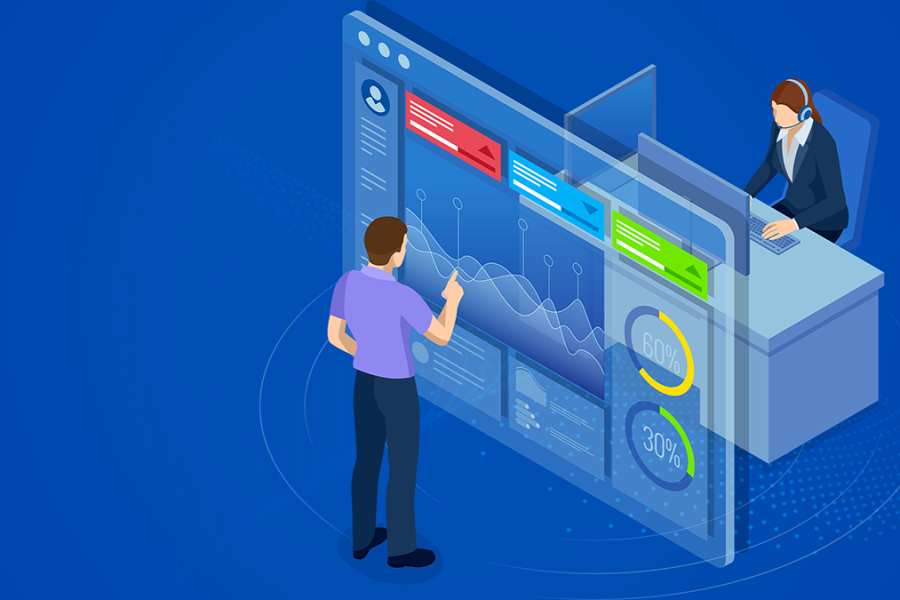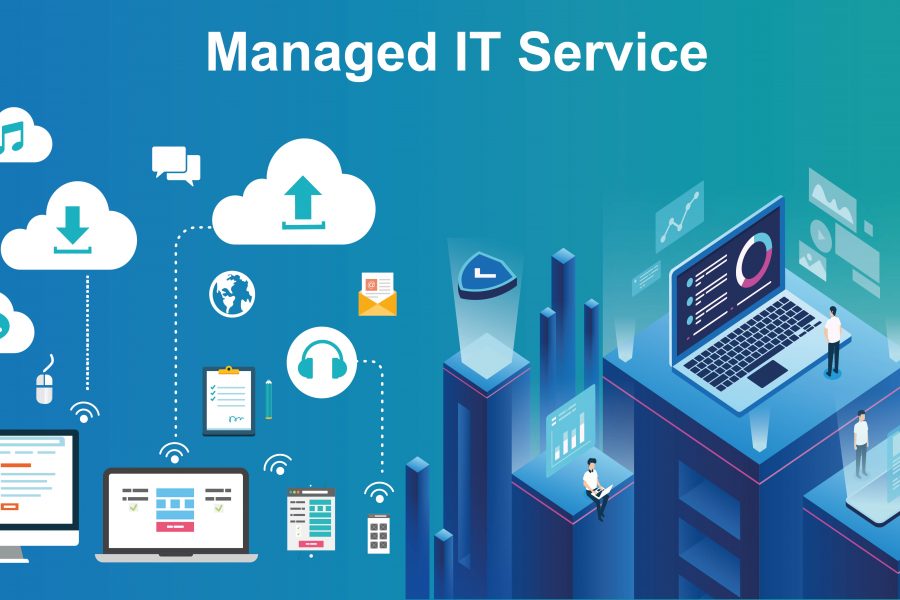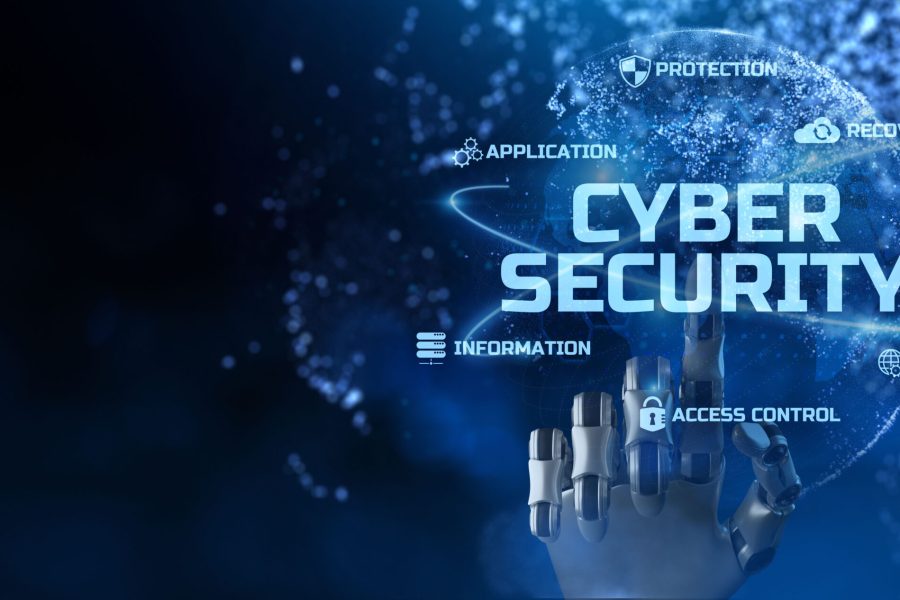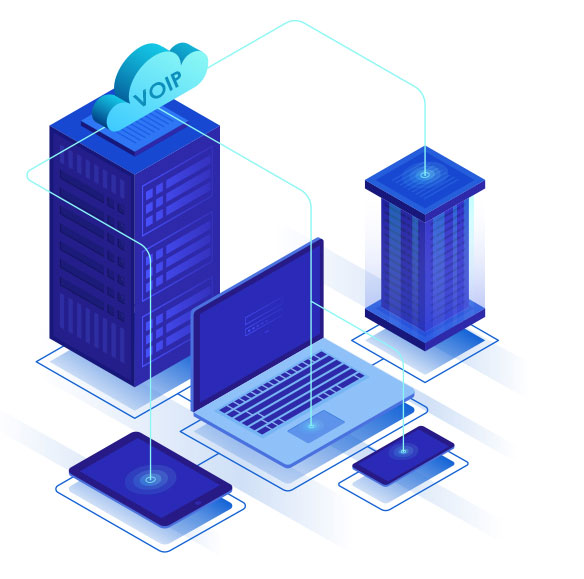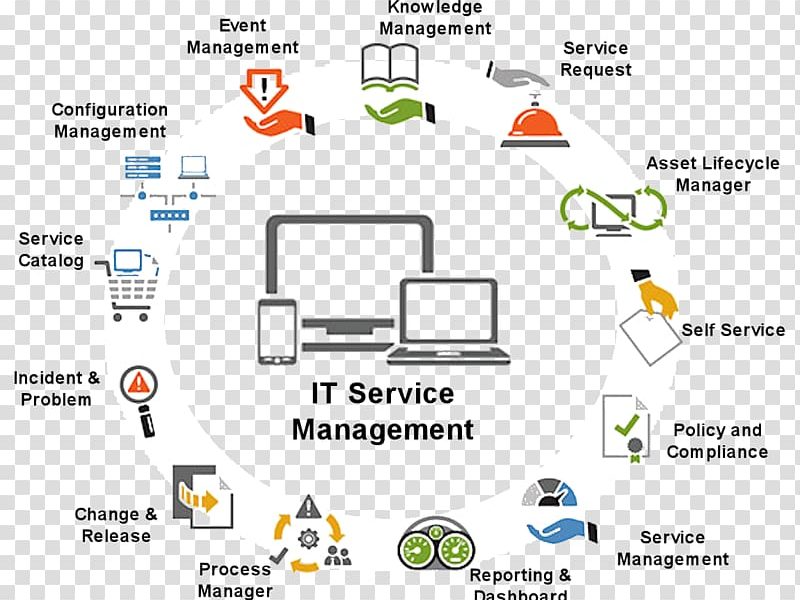Proactive IT Management: A Strategic Approach for Enhancing Business Resilience and Efficiency
In today’s rapidly evolving digital landscape, organizations are increasingly recognizing the critical role that information technology (IT) plays in driving business success. As companies strive to navigate the complexities of digital transformation, the distinction between proactive and reactive IT management has become more pronounced. Proactive IT management emerges as a strategic imperative, offering a pathway to enhance business resilience, operational efficiency, and ultimately, the bottom line.
What is Proactive IT Management?
Proactive IT management refers to the strategic approach of anticipating, identifying, and resolving IT issues before they escalate into significant problems. It involves regular monitoring, timely updates, and preventive measures to ensure IT systems and infrastructure are optimized, secure, and aligned with the business’s goals. Unlike reactive IT management, which addresses problems after they occur, proactive management focuses on preventing issues from happening in the first place.
The Advantages of Proactive IT Management
Improved Business Continuity and Reduced Downtime
Downtime can be incredibly costly for businesses, leading to lost productivity, revenue, and customer trust. Proactive IT management minimizes the risk of unexpected system failures and downtime by ensuring that IT systems are regularly updated, backed up, and monitored for potential threats. This approach not only safeguards data but also ensures that business operations run smoothly, enhancing overall business continuity.
Enhanced Security and Risk Management
With cyber threats becoming more sophisticated, the importance of robust IT security cannot be overstated. Proactive IT management involves continuous monitoring and the implementation of advanced security measures to detect and mitigate threats before they compromise business data. This proactive stance on security greatly reduces the risk of data breaches, protecting the company’s reputation and avoiding the high costs associated with recovery from security incidents.
Lower Long-Term Costs and Improved Return on Investment (ROI)
While proactive IT management may require an initial investment in tools, technologies, and expertise, it ultimately leads to significant cost savings in the long run. By preventing major IT failures and optimizing system performance, companies can avoid the high costs associated with emergency repairs, data recovery, and loss of business due to downtime. Furthermore, proactive management extends the lifespan of IT assets, maximizing their ROI.
Strategic Business Alignment
Proactive IT management ensures that IT strategies and systems are closely aligned with the business’s goals and objectives. This alignment facilitates better resource allocation, improves decision-making, and enables companies to be more agile and competitive in their respective markets.
The Role of Managed Service Providers (MSPs) in Proactive IT Management
For many organizations, especially small to medium-sized businesses (SMBs), the resources required for effective proactive IT management can be prohibitive. This is where Managed Service Providers (MSPs) come into play. MSPs offer a cost-effective solution by providing shared resources, advanced tools, and specialized expertise that individual companies might find financially impractical to maintain in-house.
Access to Advanced Tools and Technologies
MSPs leverage economies of scale to offer access to cutting-edge IT management tools and technologies. These tools enable comprehensive monitoring, security, and management of IT infrastructure, ensuring businesses can benefit from proactive IT strategies without the need for significant capital investment.
Specialized Expertise and Scalable Solutions
MSPs bring specialized IT expertise to the table, offering tailored advice and solutions that align with the unique needs of each business. This expertise is particularly valuable for managing complex IT environments and navigating the latest cyber threats. Additionally, MSP services are scalable, allowing businesses to adjust their IT support according to their growth and changing needs.
Cost-Effectiveness and Focus on Core Business Functions
By partnering with an MSP for proactive IT management, companies can achieve significant cost savings. This arrangement eliminates the need for a large in-house IT team, reduces capital expenditures on IT infrastructure, and minimizes the costs associated with downtime and data breaches. Furthermore, outsourcing IT management allows businesses to focus on their core functions and strategic initiatives, driving further growth and innovation.
Conclusion
In the digital age, proactive IT management is not just a best practice; it’s a necessity for businesses seeking to thrive amidst technological advancements and cyber threats. By adopting a proactive approach to IT management, companies can improve operational efficiency, enhance security, and achieve a competitive edge. Through the support of MSPs, even SMBs can access the tools, expertise, and strategic advantages needed to succeed, underscoring the value of proactive IT management in driving long-term business success.


